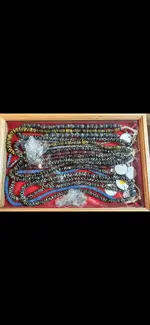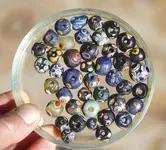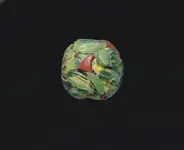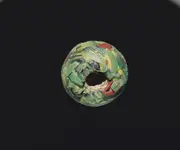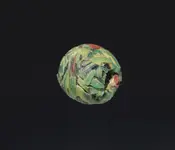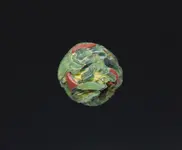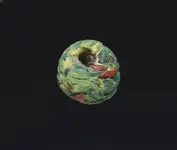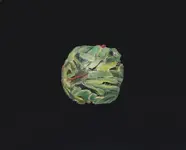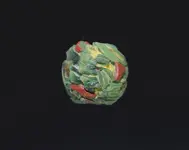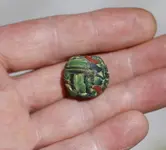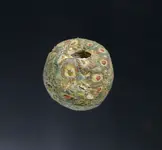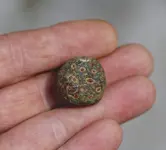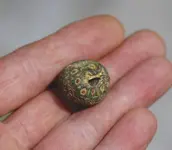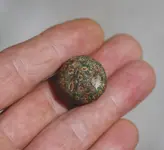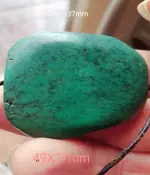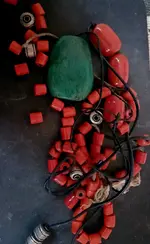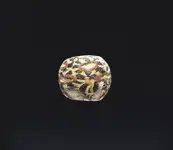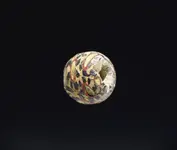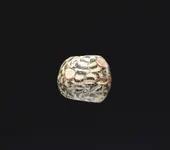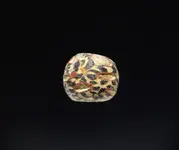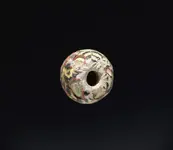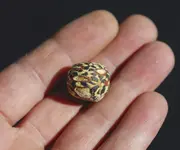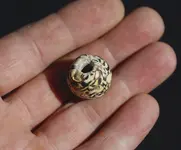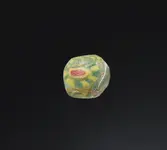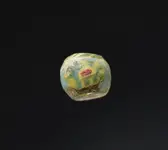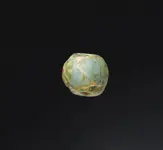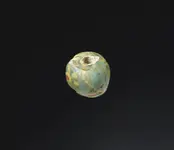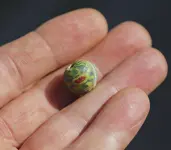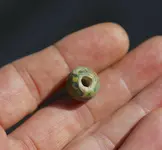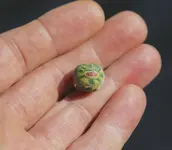Got any skunk beads? They are my favorite
You are using an out of date browser. It may not display this or other websites correctly.
You should upgrade or use an alternative browser.
You should upgrade or use an alternative browser.
Beads - My charm!
- Thread starter Geradot
- Start date
-
- Tags
- antique bead bead beads black sea
Geradot
Sr. Member
- Joined
- May 29, 2015
- Messages
- 466
- Reaction score
- 1,640
- Golden Thread
- 0
- Location
- Kamcha-Sevas
- Primary Interest:
- All Treasure Hunting
- #22
Thread Owner
There are no such beads, but if they come across, I will inform you.Got any skunk beads? They are my favorite
Geradot
Sr. Member
- Joined
- May 29, 2015
- Messages
- 466
- Reaction score
- 1,640
- Golden Thread
- 0
- Location
- Kamcha-Sevas
- Primary Interest:
- All Treasure Hunting
- #23
Thread Owner
Antique beads - Roman blue glass
Attachments
-
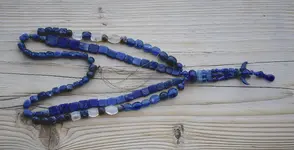 _U2A3203.webp983.6 KB · Views: 33
_U2A3203.webp983.6 KB · Views: 33 -
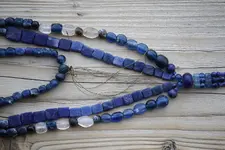 _U2A3219.webp1.5 MB · Views: 33
_U2A3219.webp1.5 MB · Views: 33 -
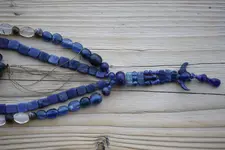 _U2A3222.webp804.1 KB · Views: 31
_U2A3222.webp804.1 KB · Views: 31 -
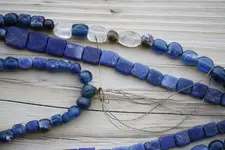 _U2A3235.webp960.7 KB · Views: 29
_U2A3235.webp960.7 KB · Views: 29 -
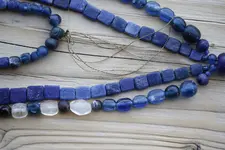 _U2A3245.webp1.1 MB · Views: 29
_U2A3245.webp1.1 MB · Views: 29 -
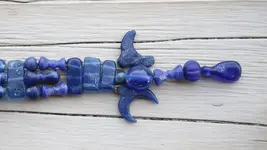 _U2A3254.webp681.7 KB · Views: 34
_U2A3254.webp681.7 KB · Views: 34 -
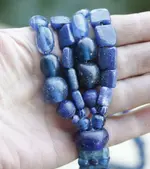 _U2A3260.webp469.5 KB · Views: 32
_U2A3260.webp469.5 KB · Views: 32 -
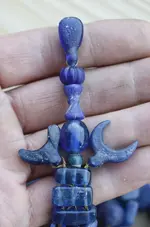 _U2A3275.webp277.2 KB · Views: 28
_U2A3275.webp277.2 KB · Views: 28 -
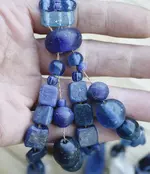 _U2A3285.webp504.4 KB · Views: 27
_U2A3285.webp504.4 KB · Views: 27
Geradot
Sr. Member
- Joined
- May 29, 2015
- Messages
- 466
- Reaction score
- 1,640
- Golden Thread
- 0
- Location
- Kamcha-Sevas
- Primary Interest:
- All Treasure Hunting
- #24
Thread Owner
Rattlesnake then.There are no such beads, but if they come across, I will inform you.
Geradot
Sr. Member
- Joined
- May 29, 2015
- Messages
- 466
- Reaction score
- 1,640
- Golden Thread
- 0
- Location
- Kamcha-Sevas
- Primary Interest:
- All Treasure Hunting
- #27
Thread Owner
Oh .... This is my old love !!! I find something myself, but in most cases, it is purchased from my fellow seekers.where are you getting these?!
Geradot
Sr. Member
- Joined
- May 29, 2015
- Messages
- 466
- Reaction score
- 1,640
- Golden Thread
- 0
- Location
- Kamcha-Sevas
- Primary Interest:
- All Treasure Hunting
- #28
Thread Owner
Okay ! I'll keep it on mind ! When the "rattlesnake" appears, I'll let you know.Rattlesnake then.
Geradot
Sr. Member
- Joined
- May 29, 2015
- Messages
- 466
- Reaction score
- 1,640
- Golden Thread
- 0
- Location
- Kamcha-Sevas
- Primary Interest:
- All Treasure Hunting
- #29
Thread Owner
Medieval bead from Central Asia.
Attachments
Geradot
Sr. Member
- Joined
- May 29, 2015
- Messages
- 466
- Reaction score
- 1,640
- Golden Thread
- 0
- Location
- Kamcha-Sevas
- Primary Interest:
- All Treasure Hunting
- #30
Thread Owner
Geradot
Sr. Member
- Joined
- May 29, 2015
- Messages
- 466
- Reaction score
- 1,640
- Golden Thread
- 0
- Location
- Kamcha-Sevas
- Primary Interest:
- All Treasure Hunting
- #31
Thread Owner
Medieval bead from Central Asia
Attachments
-
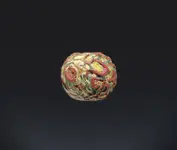 _U2A4548.webp90.6 KB · Views: 25
_U2A4548.webp90.6 KB · Views: 25 -
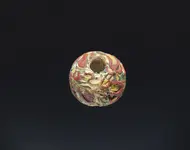 _U2A4553.webp95.6 KB · Views: 25
_U2A4553.webp95.6 KB · Views: 25 -
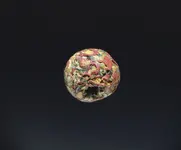 _U2A4556.webp96.3 KB · Views: 25
_U2A4556.webp96.3 KB · Views: 25 -
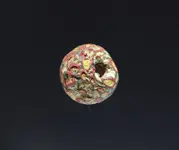 _U2A4561.webp108.5 KB · Views: 24
_U2A4561.webp108.5 KB · Views: 24 -
 _U2A4575.webp98.7 KB · Views: 24
_U2A4575.webp98.7 KB · Views: 24 -
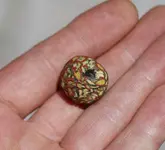 _U2A4539.webp287.4 KB · Views: 25
_U2A4539.webp287.4 KB · Views: 25 -
 _U2A4543.webp271.5 KB · Views: 22
_U2A4543.webp271.5 KB · Views: 22 -
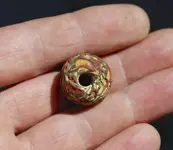 _U2A4579.webp210.7 KB · Views: 21
_U2A4579.webp210.7 KB · Views: 21 -
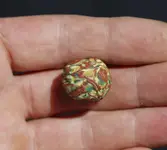 _U2A4583.webp179.5 KB · Views: 22
_U2A4583.webp179.5 KB · Views: 22
I had to take another look at thes ones. At first a lot of them looked like Lapis lazuli.Antique beads - Roman blue glass
Great looking collection of spectacular looking beads you've amassed.
Geradot
Sr. Member
- Joined
- May 29, 2015
- Messages
- 466
- Reaction score
- 1,640
- Golden Thread
- 0
- Location
- Kamcha-Sevas
- Primary Interest:
- All Treasure Hunting
- #34
Thread Owner
I have only found beads in the fields, I have never been able to find them in water bodies.Very nice color on all the beads.
Have you found beads like this in the fields or waterways?
Geradot
Sr. Member
- Joined
- May 29, 2015
- Messages
- 466
- Reaction score
- 1,640
- Golden Thread
- 0
- Location
- Kamcha-Sevas
- Primary Interest:
- All Treasure Hunting
- #35
Thread Owner
Thanks for the compliment ! 🤝🤝🤝 I'm glad you liked the beads.I had to take another look at thes ones. At first a lot of them looked like Lapis lazuli.
Great looking collection of spectacular looking beads you've amassed.
I have always really liked beads.Thanks for the compliment ! 🤝🤝🤝 I'm glad you liked the beads.
Your collection is top self for sure.
I purchased mine 30yrs ago, a mix of different silver, glass, coral, stone.
Turquoise and the smaller red Coral are older, but not ancient.
Attachments
Geradot
Sr. Member
- Joined
- May 29, 2015
- Messages
- 466
- Reaction score
- 1,640
- Golden Thread
- 0
- Location
- Kamcha-Sevas
- Primary Interest:
- All Treasure Hunting
- #37
Thread Owner
unclemac
Gold Member
- Joined
- Oct 12, 2011
- Messages
- 7,462
- Reaction score
- 7,902
- Golden Thread
- 0
- Primary Interest:
- Beach & Shallow Water Hunting
most of our trade beads are very plain in comparison. the ones I find are small and simple, often what we call "Russian Blue". Who manufactured the majority of beads you have and how old are they? what was the trade route, who was trading them and for what? So for example in the northwest of America, there were trading posts set up to trade goods (including beads) to the native folk in return for fur (beaver and otter) pelts. Forts set up from Alaska to California by the British, Americans and Russians.
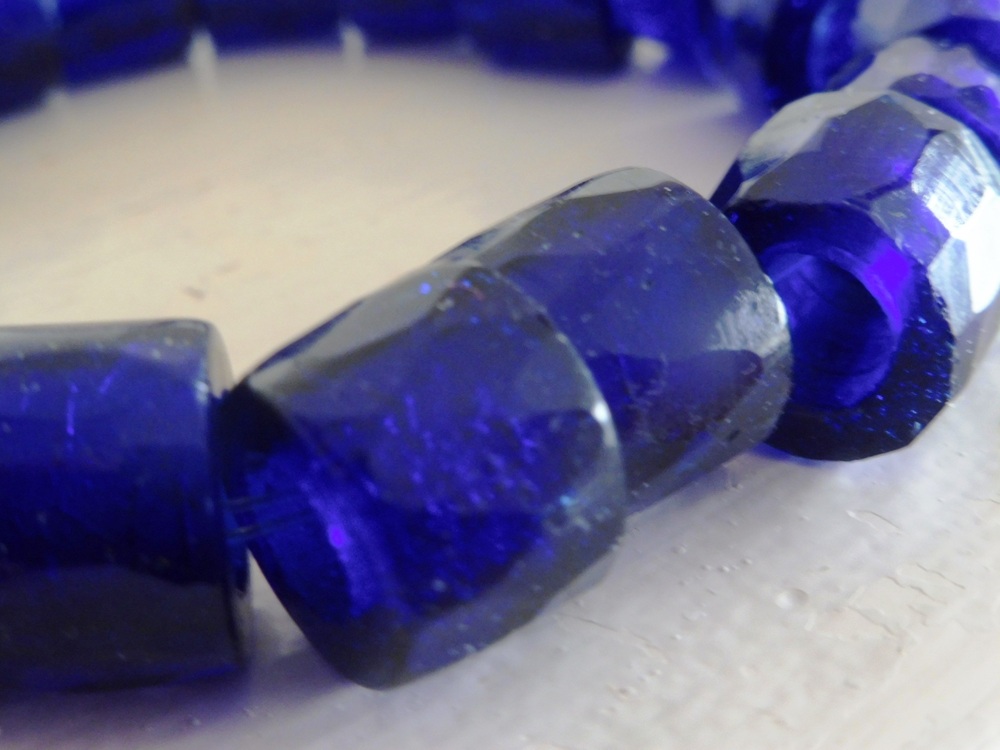

Geradot
Sr. Member
- Joined
- May 29, 2015
- Messages
- 466
- Reaction score
- 1,640
- Golden Thread
- 0
- Location
- Kamcha-Sevas
- Primary Interest:
- All Treasure Hunting
- #39
Thread Owner
most of our trade beads are very plain in comparison. the ones I find are small and simple, often what we call "Russian Blue". Who manufactured the majority of beads you have and how old are they? what was the trade route, who was trading them and for what? So for example in the northwest of America, there were trading posts set up to trade goods (including beads) to the native folk in return for fur (beaver and otter) pelts. Forts set up from Alaska to California by the British, Americans and Russians.
You've raised a rather serious question that needs to be answered very broadly. The beads that I show (which I collect) are from the period before the new era and end in the 17th-18th century.
My Interest :
1) Antique beads of the Black Sea region: Byzantine, Byzantium-Islamic, Egyptian, Roman.
2) Medieval beads of Central Asia: mainly Persia and Bactria.
3) Medieval Far East of Russia: beads from the period of the 5th century AD (Mohe tribes) and up to the 11th century AD (Jin Empire, Jurchens).
4) 17-18 century Far East - Ainu people.
Each region of the globe had its own specifics.
For example Africa - Trading beads are made in Europe, mainly in Venice (on Murano), in Bohemia and Moravia (Czech Republic) and in Holland.
In the era of colonization, they served as a currency: Europeans exchanged them in different parts of the world for various goods. So, in North America and Russia, beads were exchanged for furs, in Indonesia for spices, in Africa - for ivory, gold, palm oil and, of course, for slaves.
In English, they are called so - slave beads (slave beads) or more correctly - trade beads (trade beads). These are beads, for which, in fact, they bought the whole of Africa. In Africa, beads have always, and before the arrival of Europeans, served as currency and were often called “African money”. By the quantity, quality and type of beads and jewelry in general, one could judge the social status of the owner. (But so far, in fact, nothing has changed!!!) So the inhabitants of Africa did not know how to make glass beads, and therefore they were very unusual and valuable for them.
Beads were used as ballast on merchant ships going for goods: they were loaded in tons into the holds of ships going on a long voyage, and on the way back they were replaced by slaves, gold and ivory. Beads were selected taking into account the tastes of the natives and changing fashion. It all started back in the 15th century, when Portuguese ships first landed on the western coast of Africa. Portuguese businessmen quickly realized that glass beads were a convenient and cheap way to master the riches of new lands. Different tribes liked different beads. Therefore, there are many types of trade beads. For example, the so-called Venetian beads Millefiori (which translates as "1000 flowers"), or mosaic beads, were the most sought after and common in West Africa.
North America - of course, logically, had trade relations through Russian Alaska. Merchants from Russia supplied a certain type of beads. Not complex and modest in appearance. I did not wonder where exactly the production of the so-called "Russian Blue" beads was. Probably , after your question , I still will return to the study of this .
As far as I remember, in 2021, during excavations in the tundra of the Alaska Range, archaeologists from the University of Alaska discovered several Venetian blue-colored glass beads - probably the first item from Europe imported to North America in several decades before Christopher Columbus arrived there.
Beads of the Black Sea region, the most diverse. The Byzantine Empire prospered and traded with many regions. Therefore, such a variety of beads. All ancient bead-making centers worked for fashion. These beads as a luxury item (the concept of "trade beads" does not quite fit) were distributed over vast territories, taking into account the specifics and requirements of various peoples and beliefs.
Beads of the Mohe tribes (5th-6th century), from carnelian, were made independently. But I managed to find some green and blue glass beads. I'm still on my way to solving this issue. Where and who is the manufacturer. A glass bead with gold foil has also been discovered, and this clearly arrived in the Far East from the Byzantine territories in the 6th century AD. The distance is about 10-12,000 km.
Beads of the Ainu peoples (17th-18th century) were made in Manchuria. And they moved along the Amur River to the coast of the Sea of Okhotsk and further to Sakhalin Island, the Kamchatka Peninsula and the northern islands of Japan (Hokkaido).
Geradot
Sr. Member
- Joined
- May 29, 2015
- Messages
- 466
- Reaction score
- 1,640
- Golden Thread
- 0
- Location
- Kamcha-Sevas
- Primary Interest:
- All Treasure Hunting
- #40
Thread Owner
Similar threads
- Replies
- 0
- Views
- 668
Users who are viewing this thread
Total: 1 (members: 0, guests: 1)
Latest Discussions
-
-
-
-
Confederate Gold from the Civil War was Found in a Shocking Place
- Latest: ConceptualizedNetherlandr
-



